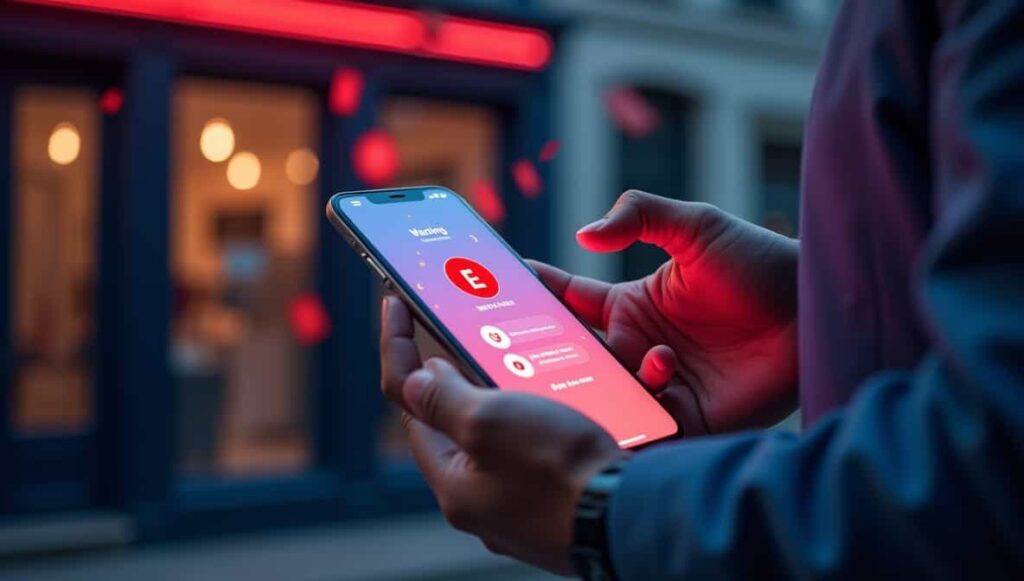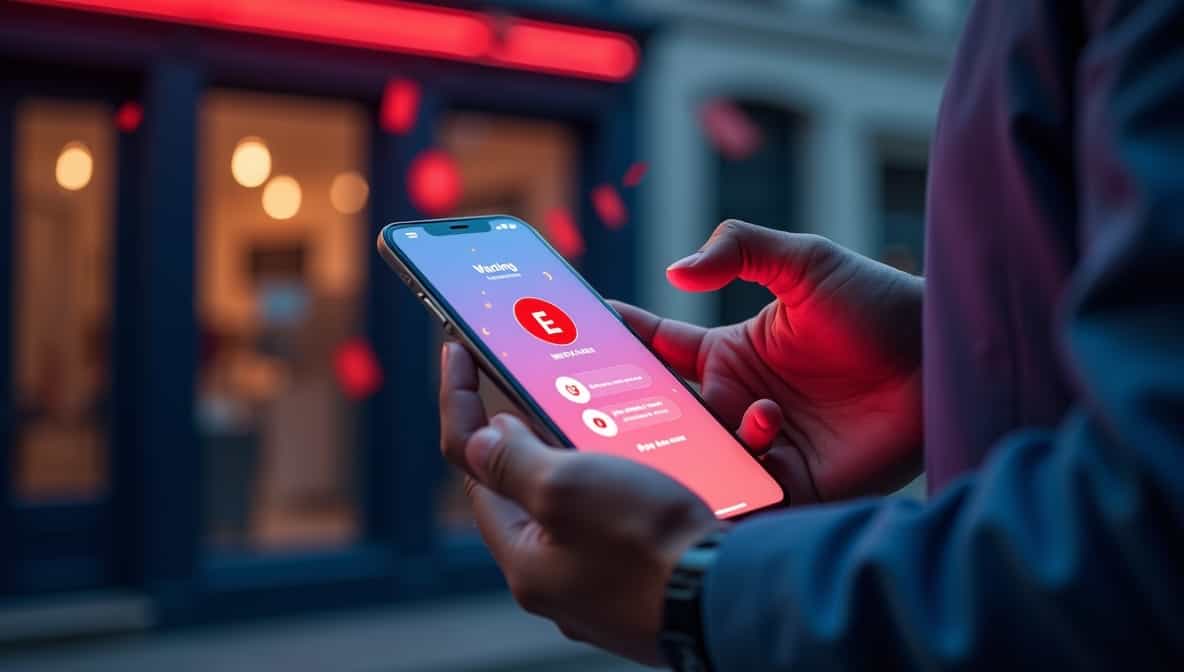Instagram has grown into an essential marketing platform for businesses worldwide. From small local shops to large enterprises, having a secure and well-managed Instagram business account is critical. However, many businesses unknowingly make Instagram login mistakes that can disrupt operations, compromise data, and even alienate customers.

Business accounts are prime targets for cybercriminals because they often hold sensitive information, payment links, and active audiences. A compromised account not only risks Instagram hacking prevention but can also impact your brand reputation, engagement, and sales. Even temporary Instagram login issues can lead to missed promotions, unanswered customer inquiries, and lost opportunities.
In this guide, we’ll walk through the 10 most common Instagram login mistakes businesses make, complete with real-world examples, practical solutions, and actionable tips. By following these strategies, you can strengthen your Instagram business account security, avoid downtime, and protect your brand’s integrity.
Table of Contents
Mistake 1: Using Weak or Simple Passwords
A weak password is the most common reason for Instagram login problems. Many businesses use easily guessable passwords like “password123” or their company name.
Example: A small retail brand used the password Shop123. Hackers quickly guessed it, posted spam, and locked the owners out of the account for 48 hours. This caused missed promotions and customer complaints.
Solutions:
- Use passwords with 12+ characters including uppercase, lowercase, numbers, and symbols.
- Avoid obvious personal information.
- Consider a password manager to generate and store complex passwords safely.
Internal link suggestion: [Best Password Managers for Instagram Business Security]
Mistake 2: Sharing Login Credentials
Sharing account access with multiple employees is convenient but risky. Uncontrolled sharing increases the likelihood of mistakes or breaches.
Example: A marketing team shared Instagram login details via email. One employee’s email was compromised, allowing hackers to access the account and post malicious content.
Solutions:
- Use a password manager with team-sharing features.
- Restrict login access to essential personnel.
- Update passwords whenever an employee leaves the team.
Mistake 3: Skipping Two-Factor Authentication
Skipping Two-Factor Authentication Instagram leaves accounts vulnerable, even if passwords are strong. 2FA requires a second verification step, which blocks unauthorized access.
Example: A restaurant with a complex password did not enable 2FA. Hackers still gained access and posted inappropriate content, damaging the brand’s reputation.
Solutions:
- Enable 2FA through an authentication app for better security.
- Keep backup codes in a safe location.
- Educate your team on logging in only from trusted devices.
Internal link suggestion: [How to Enable Instagram Two-Factor Authentication for Business Accounts]
Mistake 4: Reusing Passwords Across Multiple Platforms
Many businesses reuse the same password across Instagram, email, or ad platforms. A breach on one account can compromise all linked services.
Example: A retailer’s email account was hacked, allowing criminals to reset Instagram credentials and take over the business account.
Solutions:
- Use unique passwords for every platform.
- Implement a password manager to manage multiple accounts securely.
- Change passwords periodically, especially after potential breaches.
Mistake 5: Ignoring Login Activity
Instagram provides a Login Activity tool showing all devices that accessed your account. Ignoring this feature can allow unauthorized users to operate unnoticed.
Example: A boutique noticed multiple unknown devices had logged in over several days. By the time they realized, hackers had already compromised content and messaging.
Solutions:
- Regularly monitor Settings → Security → Login Activity.
- Immediately remove suspicious sessions.
- Enable notifications for unusual login attempts.
Mistake 6: Falling for Phishing Scams
Phishing is a leading cause of Instagram login issues. Hackers often send fake emails, DMs, or links that appear to be official Instagram communications.
Example: A café received a message claiming their account would be disabled unless they clicked a link. After entering credentials, hackers gained full access.
Solutions:
- Verify URLs and email senders carefully. Official emails come from
@mail.instagram.com. - Never input login information through unverified links.
- Train your team on phishing awareness as part of Instagram security for business accounts.
Internal link suggestion: [How to Avoid Phishing Scams on Instagram]
Mistake 7: Outdated Recovery Information
Outdated email addresses or phone numbers make account recovery difficult after a hack or login issue.
Example: A small business lost access to its Instagram account after the hacker changed the recovery email. The old email was no longer active, delaying recovery.
Solutions:
- Keep recovery emails and phone numbers current.
- Use a shared company email for recovery purposes.
- Review this information regularly under Settings → Account → Personal Information.
Mistake 8: Logging in from Unsecured Devices
Logging in from public or shared devices can expose your account to malware or unauthorized access.
Example: A bakery logged in from a public library computer. Malware captured the credentials, allowing hackers to access the account later.
Solutions:
- Use trusted, secure devices for business logins.
- Keep Instagram apps and operating systems updated.
- Install antivirus software on all devices accessing the account.
Mistake 9: Overusing Third-Party Apps
While third-party apps can simplify content scheduling, excessive or unverified apps increase vulnerability.
Example: A fashion boutique used a third-party scheduling tool that later suffered a breach. Hackers gained access to the Instagram business account through the app.
Solutions:
- Only use trusted third-party apps.
- Regularly review app permissions under Settings → Security → Apps and Websites.
- Remove unused or suspicious apps immediately.
Mistake 10: Delaying Response to Security Alerts
Ignoring suspicious activity or login alerts can make account recovery more difficult and prolong exposure to hackers.
Example: A café ignored notifications of unknown login attempts. Hackers changed the password and recovery email, making recovery challenging.
Solutions:
- Treat all login alerts seriously.
- Respond immediately to unusual activity.
- Enable notifications for all security events.
Conclusion
Instagram business accounts are critical assets. Avoiding Instagram login mistakes protects not only your brand but also your customers’ trust and loyalty.
Key Takeaways:
- Use strong, unique passwords and enable Two-Factor Authentication Instagram.
- Monitor login activity and keep recovery information current.
- Limit third-party app access and educate your team about phishing risks.
Call to Action: Audit your Instagram business account today. Update passwords, enable 2FA, and review devices and apps to protect Instagram business account from hackers and potential customer loss.
Suggested Meta Title and Description
Meta Title:
Business Accounts: 10 Instagram Login Mistakes to Avoid
Meta Description:
Discover 10 common Instagram login mistakes that can compromise business accounts. Learn expert tips to protect Instagram business accounts and prevent hacks.
Related Article Ideas for Internal Linking
- How to Enable Instagram Two-Factor Authentication for Business Accounts
- 7 Tips to Recover Your Hacked Instagram Business Account
- Best Password Managers for Instagram Business Security
- Instagram Security Checklist for Small Businesses
- How to Avoid Phishing Scams on Instagram
- Instagram Marketing Strategies for Secure Business Growth
- Instagram Account Tips for Businesses: Protecting Followers and Data

Dilip Chouhan is a passionate content creator from Rajasthan, India. At 22, he has successfully completed his graduation and is dedicated to sharing valuable knowledge and insights through his writing. With a focus on delivering informative, engaging, and reader-friendly content, Dilip aims to help his audience stay updated, inspired, and empowered.
